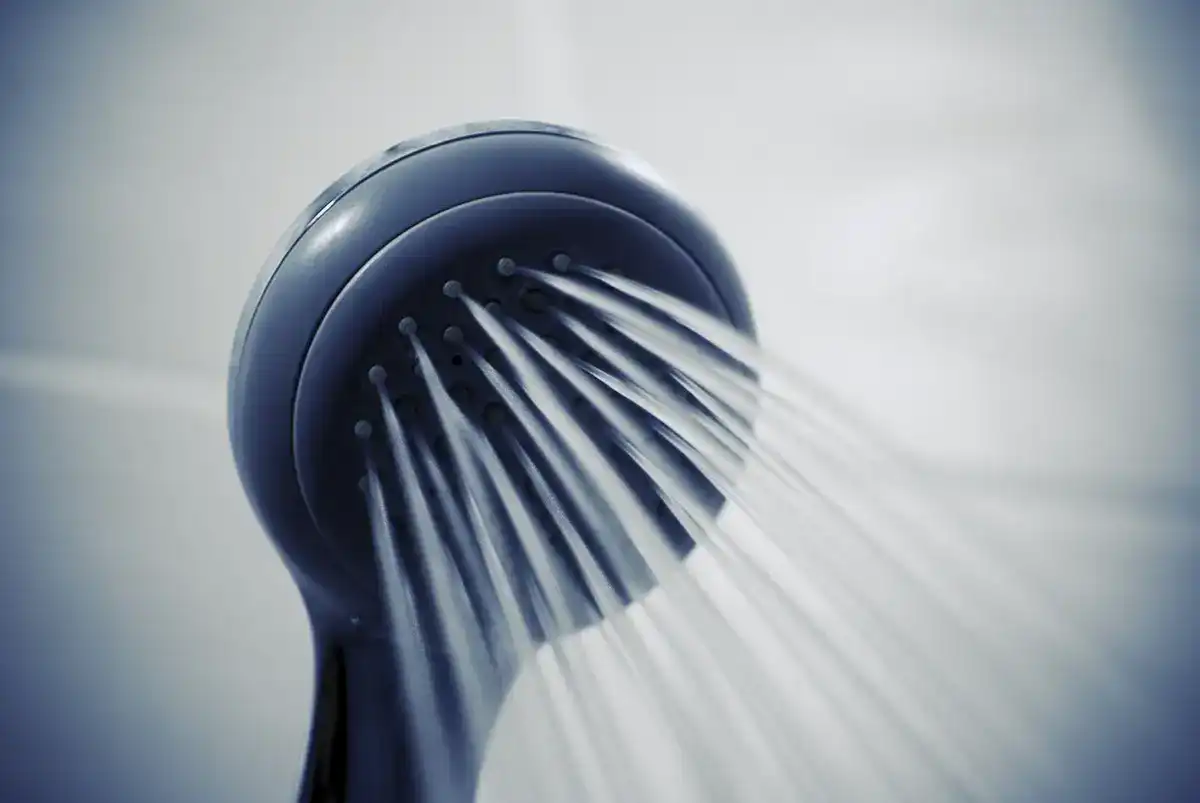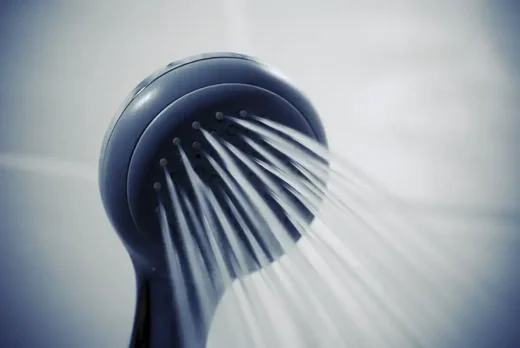Harmonising Edinburgh’s architecture with chlorine-free shower, Home water system tips, Healthy homes advice
Harmonising Edinburgh’s Architecture with Chlorine-Free Shower
31 January 2023
Welcome to a fresh perspective on how urban and heritage conservation can be elevated by simple domestic changes – like switching to a chlorine-free shower system. This shift not only safeguards your health but also contributes significantly towards preserving the unique architectural charm of Scotland’s capital, Edinburgh. So, move on and explore how, together, people can create healthier homes while preserving the rich legacy of this beautiful city.
Edinburgh’s Historic Architecture
Meandering through Edinburgh invites awe and wonder at the city’s profound architectural legacy. The Old Town’s mazes of cobbled lanes transport one to an era of mediaeval fortresses and structures; awe-inspiring landmarks like the Edinburgh Castle and Cathedral of St Giles anchor these neighbourhoods in Scottish history.
Contrasting beautifully, New Town’s neoclassical and Georgian grandeur evokes the city’s 18th century expansion, with resplendent buildings and monuments lining broad avenues and gardens. Combined, these diverse eras and designs showcase the very best of Scotland’s built heritage, recognized globally when UNESCO designated central Edinburgh as a World Heritage Site in 1995.
The Value of Preservation
Preserving Edinburgh’s architectural inheritance is vital not just for maintaining its aesthetic appeal, but also because these historical buildings tell stories of the past – became lessons in understanding how societies developed over centuries.
More than that, preservation keeps that vital sense of community alive – attracting tourists, fostering local pride, and bolstering economies. Without it, you would lose an integral part of your shared history and identity to modern development.
Chlorine in Shower Water: Risks
Beyond injuring structural integrity, regular exposure to chlorinated shower water has potential health hazards too. Chlorine can lead to problems ranging from skin irritation and hair damage to respiratory issues due to the inhalation of steam containing chloramine gases.
Long-term exposure can even increase the risk of more severe health issues such as asthma, allergies, and even certain types of cancers. Recognizing these risks underscores why adopting these excellent tips for chlorine-free showers holds relevance for overall welfare too.
Edinburgh’s Unique Challenges
The age-old structures enveloped in centuries-old dust face unique challenges – impacting both their internal and external characteristics. From the quality of air inside these properties to the gradual weathering from wind, rain, and even shower water – all play a role in the buildings’ vitality.
Edinburgh’s moist climate additionally speeds up wear and tear on its building materials. The city also grapples with challenges of cross-contamination between the traditional limestone and modern cement restoration materials.
Sustainable Solutions Required
In addressing these challenges, sought-after solutions need to be sustainable and inclusive. A united approach that addresses not only the preservation of historical sites but also factors in modern living standards and health considerations is the need of the hour.
One such opportunity presents itself in everyday domestic settings – your showers – and more specifically, filtered chlorine-free showers.
Chlorine’s Impact on Buildings
You might wonder how chlorine in your shower water can possibly affect your city’s architecture? Chlorinated water, when discharged through various residential outlets, gradually deteriorates traditional building materials like lime mortar – an essential ingredient found in Edinburgh’s iconic structures.
The limestone facades react adversely with chlorine over time, enhancing corrosion and leading to progressive deterioration. This impact isn’t limited just to historical buildings but affects all homes using similar construction materials.
Benefits of Chlorine-Free Showers
While a chlorine-free shower has many benefits, the most tangible one would be the direct improvement to your skin and hair health. Chlorine strips away natural oils and in your skin and hair. This results in dry skin and brittle hair. By removing it from your shower water, you’ll find that your hair is shinier, less frizzy, and your skin feels more moisturised.
Aside from personal benefits, chlorine-free showers play a role in preserving the city’s architecture. A switch to such a system can reduce the speed at which edifices and deteriorate due to chlorine damage. Consequently, this would amplify efforts employed by town planners, government bodies, and citizens towards maintaining Edinburgh’s splendid architectural heritage.
Bridging Aesthetics and Sustainability
At the vanguard of sustainability’s leading edge, chlorine-free showers elegantly align environmental welfare and aesthetic preservation. Instead of contending in trade-offs, this novel pairing collaborates to uplift intertwined priorities concurrently. Embracing such eco-innovations allows continued appreciation of Edinburgh’s visual heritage without detriment, helping conservation goals progress in lockstep with ethical living.
And crucially, by tackling sustainability challenges through better design rather than sacrifice, adoption reaches beyond the early adopter minority. Mainstream acceptance of chlorine filtration technology grounds in how seamlessly systems integrate, advancing green living standards through mere routine.
Integrating Filtration Systems
The brilliance of technology presents a simple yet effective solution to mitigating these issues – integrating water filtration systems from Filtap into your home. These devices remove harmful chlorine from your supply before it reaches any outlets – safeguarding you from health risks associated with chlorine exposure while also offering additional protection to historic buildings.
Moreover, these filters are easy to install and offer numerous advantages such as removing other harmful contaminants and improving the general taste and odour of your water.
Excellent Tips for Transitioning
For those contemplating installing chlorine filtration showers but feeling uncertain how to proceed, helpful guidelines exist to smooth the journey. Fundamentally, investigate which filtration types address personal needs, whether targeting chlorine specifically or a spectrum of water contaminants. Comparing market options and technical specifications aids selecting the optimal system.
Additionally, seek reviews or testimonials from early adopters to garner candid insights about real-world performance, maintenance needs, and installation considerations. Their experiences shed light on deciding between whole house methods versus targeted shower head fixtures as well.
While any technology transition initially seems daunting, take heart that countless fellow homeowners have navigated similar upgrades skillfully. Lean on their collective wisdom to inform decisions while remembering that support resources abound for a streamlined changeover. With good planning and research, chlorine filtration integration proves easily achievable.
The Role of Innovation in Addressing Architectural Challenges
Innovation holds invaluable potential for creatively overcoming tricky preservation hurdles. As exemplified by chlorine-filtering shower solutions, embracing strategic technology unlocks tangible building conservation advantages along with boosting wellness. Beyond addressing direct risks, these forward-leaning techniques pioneer more inspiring and uplifting possibilities.
Normalising such purpose-driven innovation across communities enables large-scale actualizing of benefits. Mainstream acceptance preserves architectural treasures intergenerationally, safeguards public health priorities, and progresses sustainable development. Though problem-solving remains a key innovation driver, abundant opportunity exists to additionally uplift living standards.
As people open themselves to unlocking new doors, the bounds of what is achievable expand dramatically. Historic preservation obliges innovating beyond conservatism’s constraints. By wholeheartedly welcoming promising technologies, Edinburghers can proactively uplift both built infrastructure as well as community prosperity and fortunes.
Moving Forward: Embracing Change for Progress
Adopting this kind of change may seem irrelevant or minute amidst the larger picture of architectural preservation – but it’s these small steps that contribute significantly towards reaching broader goals. As you move forward, embrace these changes – not as losses but as gains towards progress.
Change is often slow but necessary nonetheless. It takes patience and perseverance, as well as an active community willing to make conscious changes for the collective good.
Harmonising architecture with chlorine-free shower Conclusion
Harmonizing Edinburgh’s architecture with chlorine-free showers presents an opportunity for healthier living as well as the preservation of a city’s architectural beauty. While the benefits on individual health and home are immediate, the broader impact on public welfare and historical preservation could be immense. Everyone playing their part in this collective endeavour is what will make it successful.
Comments on this guide to Harmonising Edinburgh’s Architecture with Chlorine-Free Shower article are welcome.
Home Bathroom Design
How to transform your bathroom
Which material is suitable for bathroom sinks
Most common mistakes in bathroom remodeling
Edinburgh Architecture
Comments on this Harmonising Edinburgh’s Architecture with Chlorine-Free Shower article are welcome.





